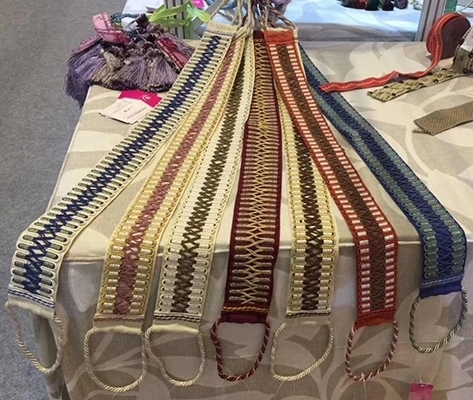Dyeing of textiles is also a subject. Some processes such as dyeing fabrics with satisfactory and attractive colors and even colors are profound knowledge. There are two main methods for textile dyeing. One is widely used dyeing (conventional dyeing), which is mainly to treat textiles in chemical dye solution, and the other is to use paint, The coating is made into tiny insoluble colored particles to adhere to the fabric (fiber raw material solution dyeing is not included).
1. Acid dyes are mostly suitable for protein fiber, nylon fiber and silk. It is characterized by bright color, but poor washing fastness and excellent dry cleaning fastness. It is widely used in natural dead dyeing.
2. Cationic dye (alkaline fuel), suitable for acrylic, polyester, nylon, cellulose and protein fibers. It is characterized by bright color and is very suitable for artificial fibers, but it has poor color fastness to light and washing for natural cellulose and protein fabrics.
3. Direct dyes, suitable for cellulosic fabrics, PP ribbon The color fastness to washing is poor and the light fastness is different, but the color fastness to washing of modified direct dyes will be improved very well.
4. Disperse dye, suitable for viscose, acrylic, nylon, polyester, etc., with different fastness to washing, polyester better, viscose worse.
5. Azo fuel (Naftol dye) is suitable for cellulosic fabrics with bright color, which is more suitable for bright color.
6. Reactive dyes are mostly used for cellulosic fabrics, but less for proteins. It is characterized by bright color, light resistance, good washing and rubbing fastness.
7. Sulfide dyes are suitable for cellulosic fiber fabrics. They are dark in color, mainly navy blue, black and brown. They have excellent fastness to light and washing, and poor fastness to chlorine bleaching. Long term storage of the fabric will damage the fiber.
8. Vat dyes, suitable for cellulosic fabrics, good fastness to light and water, and resistant to chlorine bleaching and other oxidative bleaching.
9. The paint is suitable for all fibers. It is not a dye, but a fiber attached by resin machinery. Dark color fabrics will become hard, but the color is very accurate. Most of them have good light fastness and washing fastness, especially for medium and light colors.


